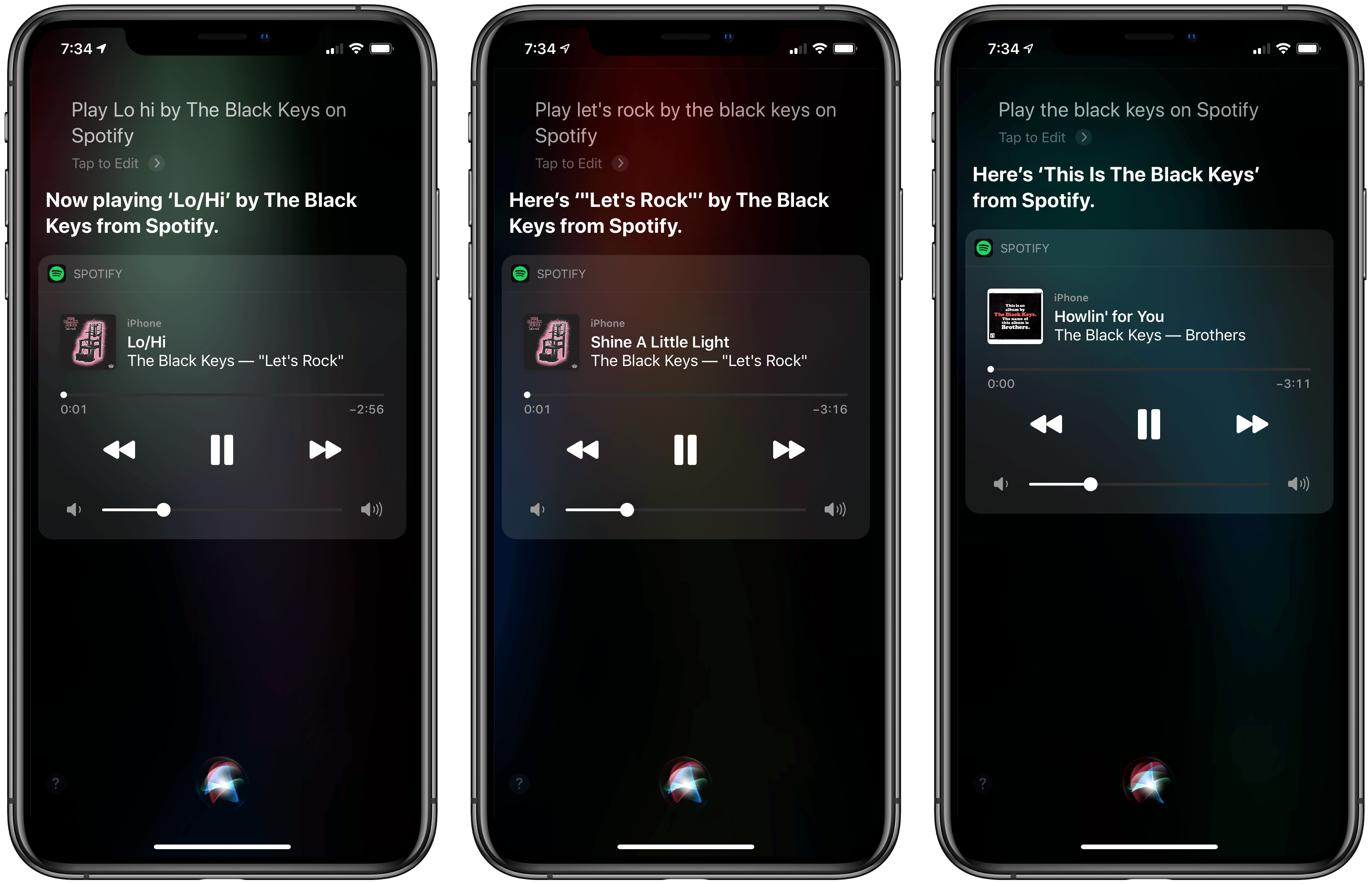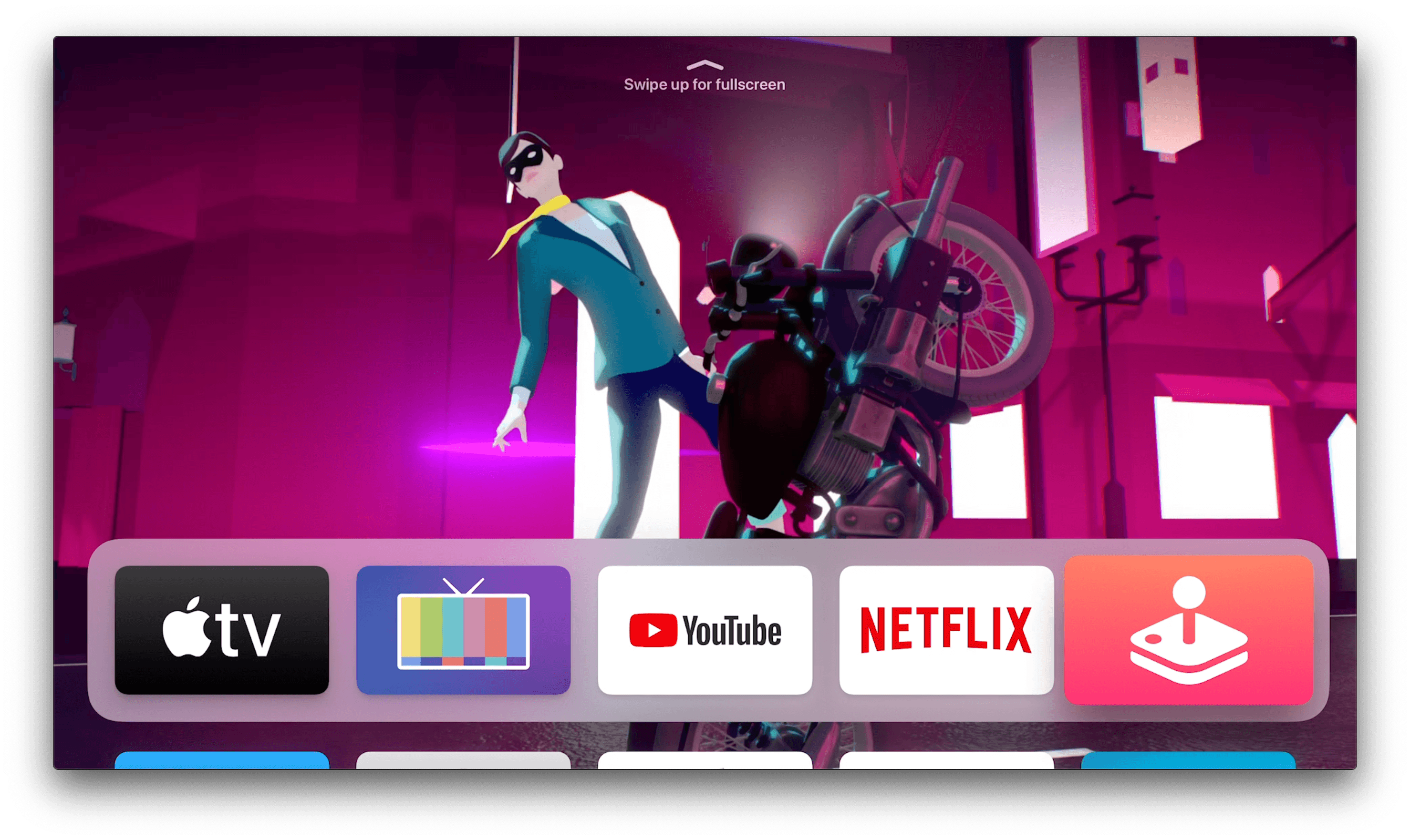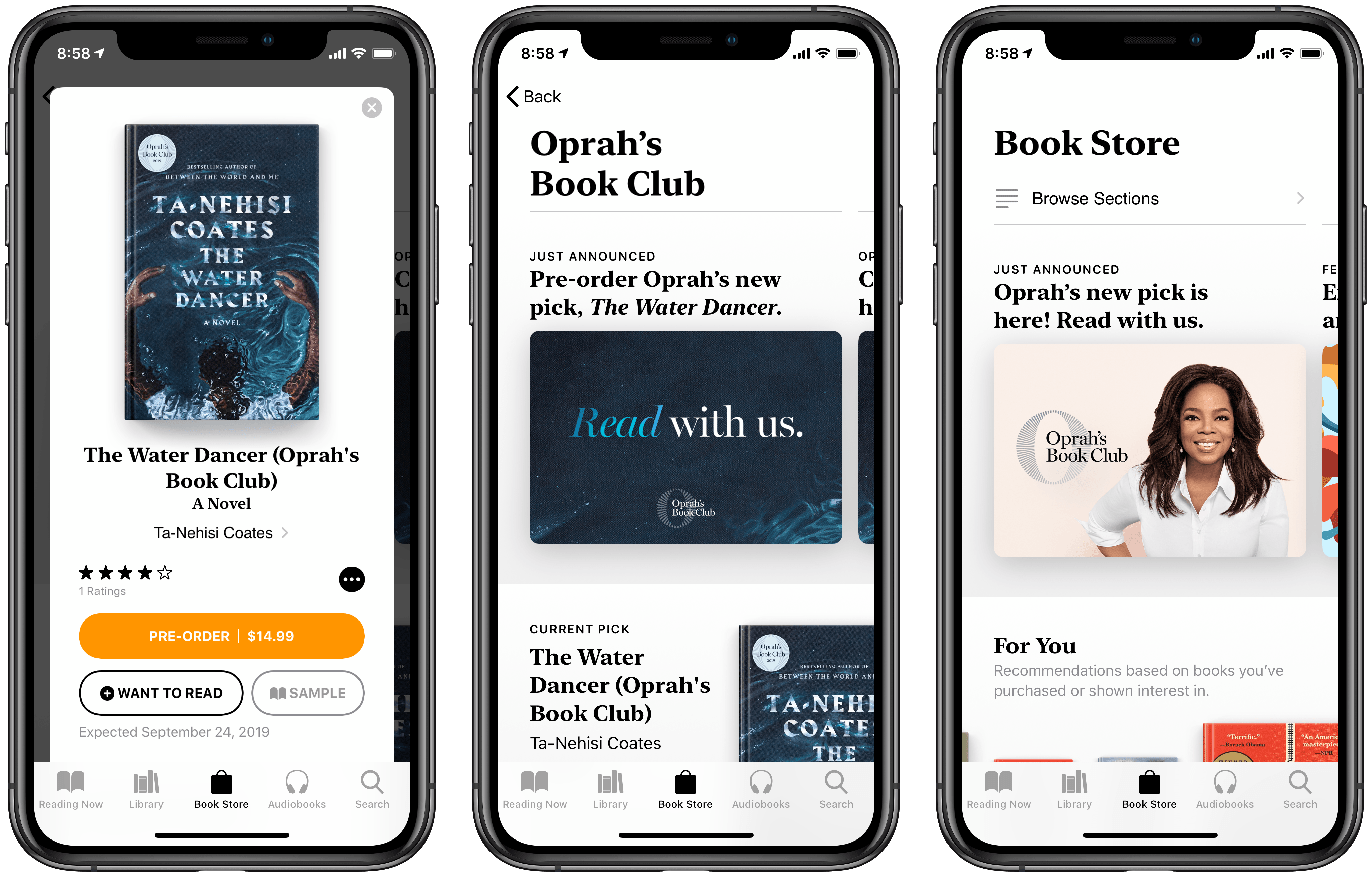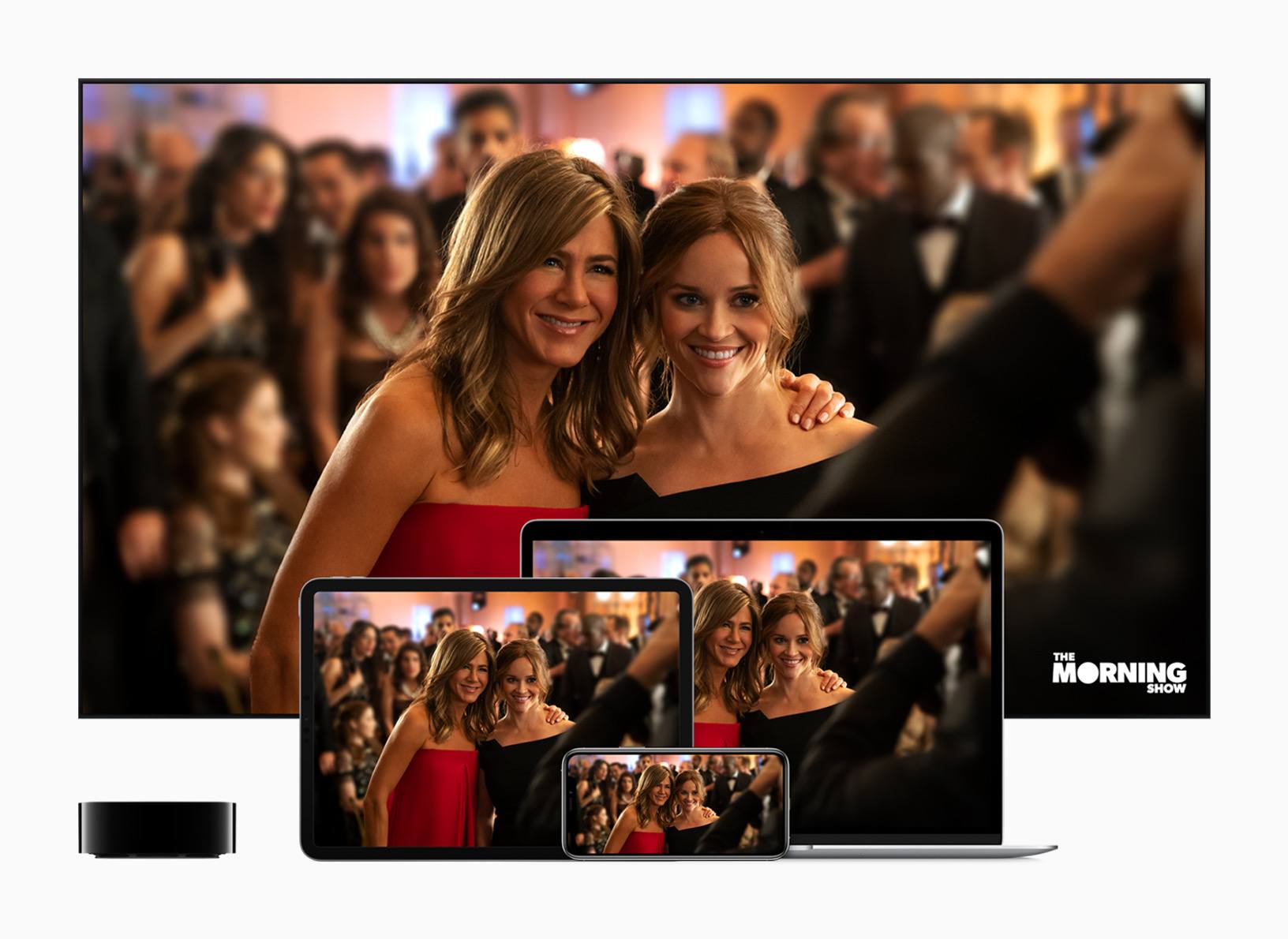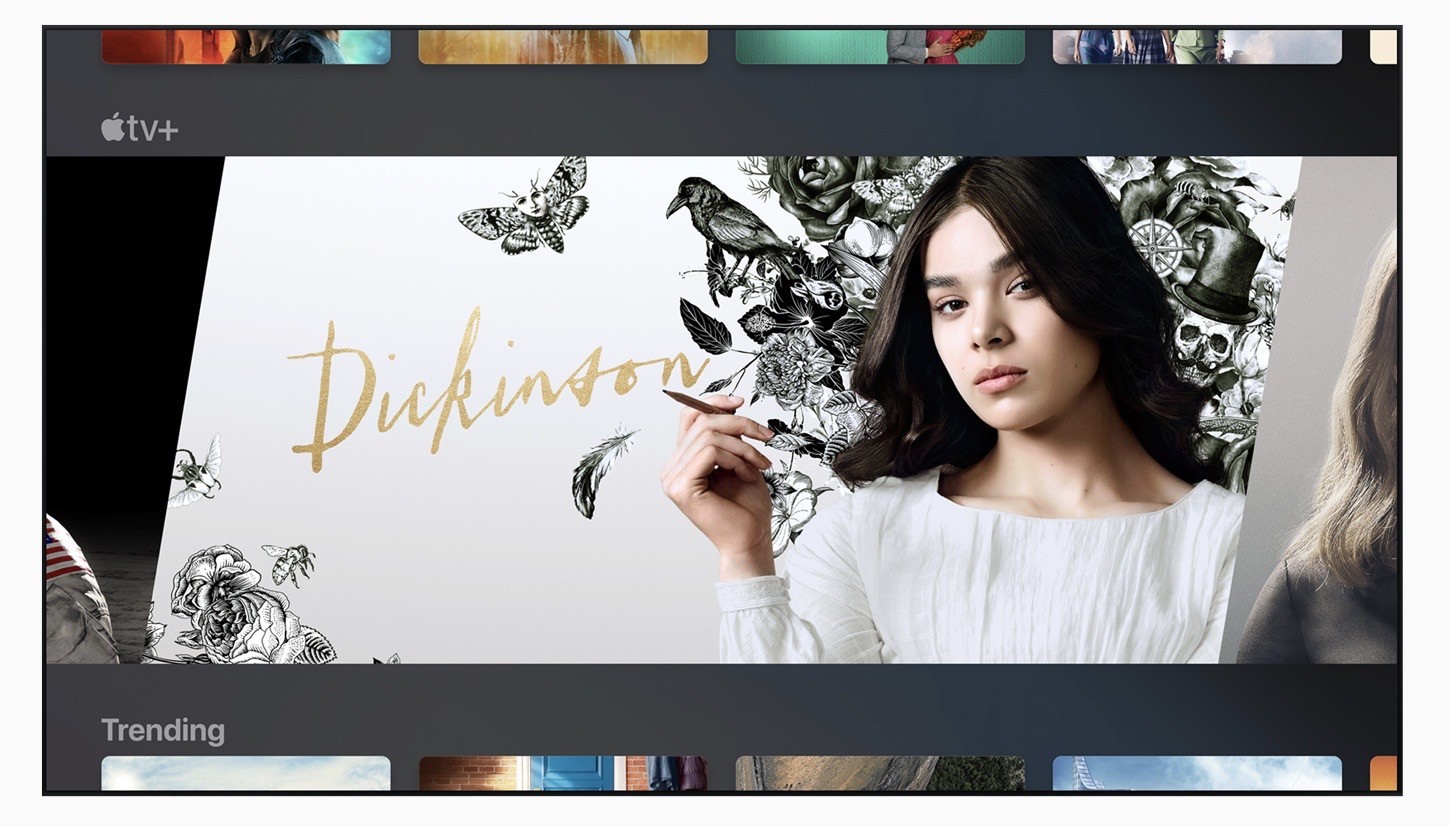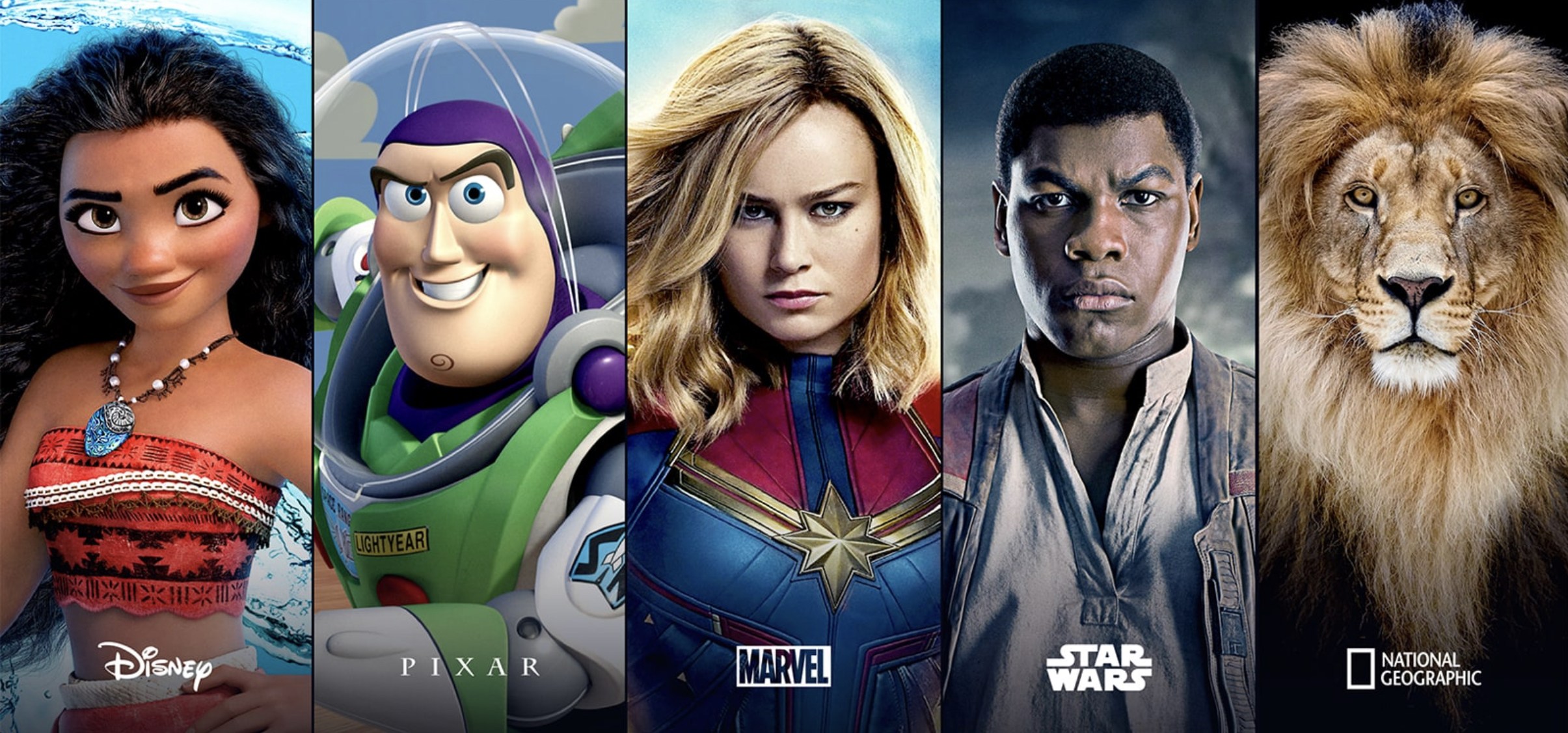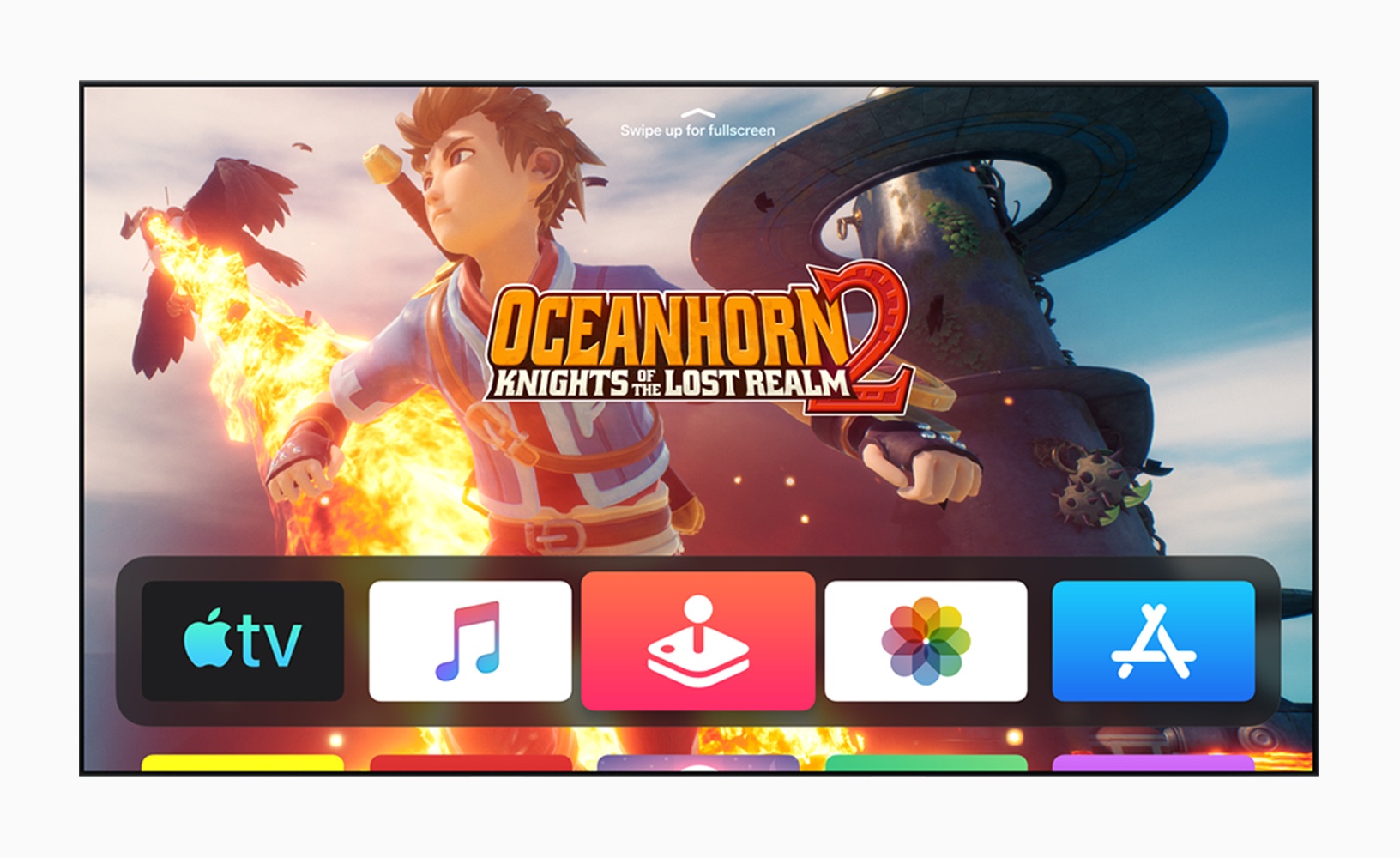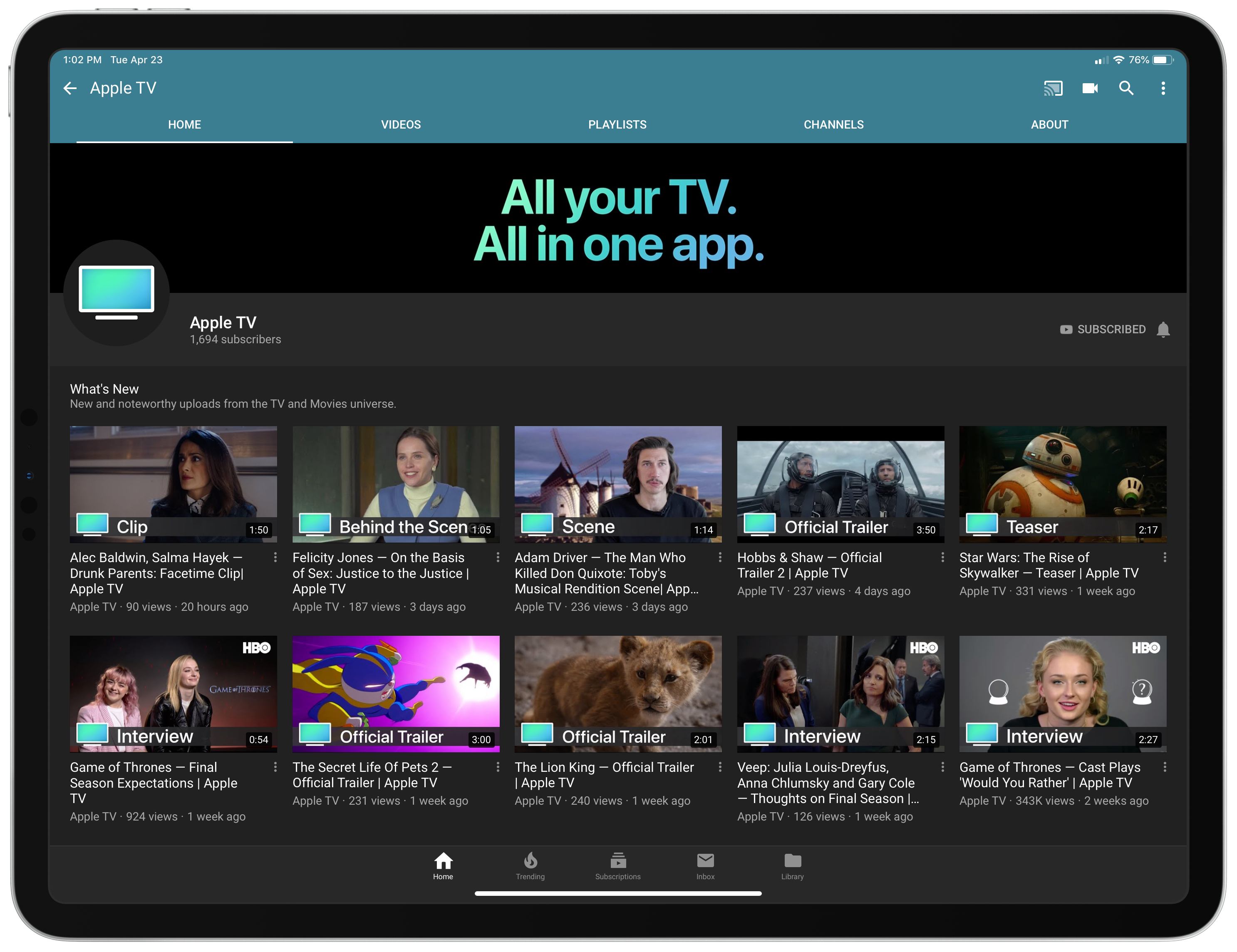Spotify has updated its iOS and iPadOS app with Siri and Low Data Mode support, in addition to launching an all-new Apple TV app. I’ve spent some time with the update and overall it works as advertised, though it’s worth noting a few limitations.
Posts tagged with "apple tv"
Hands-On with Spotify’s Siri Integration and Apple TV App
tvOS 13: The MacStories Review
tvOS 13 is a surprising release. For years Apple has been pushing the TV app as the main draw of the Apple TV, then earlier this year it brought the app to Samsung TV sets with the promise of further expansion to Roku and Amazon Fire TV devices, along with a smattering of other TV sets. The proliferation of the TV app made the Apple TV seemingly less important to Apple, but in fact with tvOS 13, available now, Apple has launched the biggest tvOS update ever. Before getting too excited, know that the bar for “biggest ever” is extremely low in the case of tvOS, but nevertheless in a year when the Apple TV felt more marginalized than ever, it’s great to see new life breathed into the device.
On the heels of Apple TV Channels debuting earlier this year, and the new Apple TV+ streaming service launching in a matter of weeks, Apple has given the Apple TV an updated Home screen, multi-user functionality, brilliant new underwater screensavers, Picture in Picture, Apple Arcade aided by PS4 and Xbox One controller support, and even more. While it can’t compare to the behemoth release that was iOS 13, tvOS 13 remains a strong update in its own right.
Apple Harnesses TV+ and the Books App to Launch Oprah’s Book Club→
Earlier this year when Oprah Winfrey took the stage at Apple’s March event, she teased a book club project that would manifest in some way through Apple’s new TV+ service. Today in a press release, Apple has shared the full details about this new project, officially named Oprah’s Book Club, which will utilize both TV+ and Apple Books in a special cross-service format.
Apple and Oprah Winfrey today announced Oprah’s Book Club will connect a community of readers worldwide to stories that truly matter by today’s most thought-provoking authors. Winfrey, the esteemed producer, actress, talk show host, philanthropist and CEO of OWN, will partner with Apple to build a vibrant, global book club that has the power to both transport and transform people — turning every book into an opportunity for self-discovery, and bringing the world together through reading.
Winfrey’s first book selection is “The Water Dancer” by Ta-Nehisi Coates, available for pre-order now on Apple Books in both ebook and audiobook formats, and debuting tomorrow. Winfrey will interview Coates for the first installment of her new exclusive Apple TV+ series, “Oprah’s Book Club,” premiering November 1. A new episode will be available every two months. For every Oprah’s Book Club selection sold on Apple Books, Apple will make a contribution to the American Library Association to support local libraries, fund programs that give access to everyone and create lifelong readers at an early age.
As if the marriage of TV+ and Books for Oprah’s Book Club wasn’t enough, Apple’s also leveraging its business by hosting the very first of Oprah’s author interviews at none other than Apple Carnegie Library. Additionally, Apple News today is offering a special preview of Oprah’s first book selection. Now that’s some synergy.
It’s exciting to see Apple start to utilize its roster of services such that they complement one another. The company has dabbled in similar efforts before, like through its featuring of the World Cup last summer, but we haven’t seen anything as sustained and on-going as Oprah’s Book Club will be. I’m curious to see what other potential cross-overs Apple has planned moving forward.
Apple TV+ Launching November 1 at $4.99/month, Free for 1 Year with Hardware Purchase
Today at the Steve Jobs Theater during a packed September event, Apple shared the launch details for its forthcoming video streaming service, Apple TV+. The paid subscription service will launch in over 100 countries on November 1, at a price of $4.99/month; a 7-day free trial period will be available to all users. Additionally, Apple is offering an entire year of free Apple TV+ service with the purchase of any iPhone, iPad, Mac, Apple TV, or iPod touch from today on.
On launch day, the selection of Apple Originals available on TV+ will be limited to the following:
- See
- The Morning Show
- Dickinson
- For All Mankind
- Helpsters
- Snoopy in Space
- Ghostwriter
- The Elephant Queen
- Unspecified Oprah Winfrey projects
Most of these are shows, while The Elephant Queen is a documentary. We’ve seen trailers for some titles before, but today Apple debuted the first trailer for See, the big-budget series starring Jason Momoa. Apple has also highlighted some of its other Originals in a press release, which it says will be added on a monthly basis. Other content includes the show “Servant” from M. Night Shyamalan and the award-winning film “Hala.”
With Apple’s shows, most series will debut three episodes at launch, with new episodes released weekly thereafter. However, some series will drop full seasons at once, following the Netflix-style binge model.
After launching, Apple TV+ will be available inside the TV app everywhere that app lives, including iPhones, iPads, Apple TVs, Macs, and select third-party television sets and streaming sticks. Notably, Apple also announced today that you’ll be able to watch TV+ content on the web too, by visiting tv.apple.com. TV+ will be available as a channel inside the TV app, so just like with other channels such as HBO and CBS All-Access, you can easily subscribe with just a couple steps using your Apple ID, and you’ll receive all the playback benefits guaranteed for channels: no ads ever, offline downloads on iOS, Picture in Picture on supported devices, and you can share your subscription at no additional cost with your whole household through Family Sharing.
As part of the global launch for TV+, Apple Originals will be available dubbed and subtitled, according to Apple’s press release:
Audiences worldwide can enjoy Apple TV+ originals subtitled and/or dubbed in nearly 40 languages, including Subtitles for the Deaf and Hard-of-Hearing (SDH) or closed captions. Apple TV+ series and movies will also be available with audio descriptions in eight languages.
Apple TV+ first debuted at Apple’s services-oriented event this March, but aside from teasing some of its shows and stating that it would be accessible from the TV app, the company revealed few details about the service at that time. Six months later, our questions have finally been answered. As the streaming service market begins to heat up, with players like Disney+ and HBO Max launching soon, and incumbents such as Netflix ramping up their content budget, there will be no shortage of TV options for consumers. However, Apple hopes that its focus on quality over quantity – combined with the benefits of a unifying TV app – will make Apple TV+ stand out in the streaming wars. If it can build a reputation that matches its ambitions, with every show and movie earning critical acclaim, then the company has a shot. But only time will tell if such a bold feat can be accomplished.
You can follow all of our Apple event coverage through our September 10, 2019 hub, or subscribe to the dedicated September 10, 2019 RSS feed.
Apple Hits Restart on Game Controller Support

It’s hard to believe it’s been nearly six years since Apple added game controller support to iOS. The big news at WWDC in 2013 was the iOS 7 redesign, but for game developers, it was rivaled by the announcement that third-party Made For iPhone (MFi) controllers were coming.
The game press and developers understood the potential of controller support immediately. Even though it wasn’t announced there, Chris Plante of Polygon declared controller support the biggest story of E3, the game industry trade show that was happening at the same time as WWDC. Plante imagined that:
If Apple finds a way to standardize traditional controls, every iOS device will become a transportable console. In a year, both iPhones and iPads will approach the processing power of the current-generation devices. Companies will have the ability to port controller-based games for the mobile devices in millions of pockets — an install-base far greater than they’ve ever had before.
Game industry veteran Gabe Newell, the co-founder of Valve, saw Apple’s entry as a big risk to companies making PC and console games:
The threat right now is that Apple has gained a huge amount of market share, and has a relatively obvious pathway towards entering the living room with their platform…I think Apple rolls the console guys really easily.
I was right there with them. iOS devices couldn’t match the power of a traditional console in 2013, but you could see that they were on a trajectory to get there. With the addition of controller support, Apple felt poised to make a meaningful run at incumbents like Sony and Microsoft.
It didn’t work out that way though. iOS’ controller support was rushed to market. Early controllers were priced at around $100, in part because of the requirements of the MFi certification, and they couldn’t match the quality of controllers from Sony and Microsoft.
As anticipated, controller support was extended to the Apple TV when its App Store launched in 2015. Initially, it looked as though Apple would allow game developers to require a controller. In the end, though, the company went an entirely different direction by requiring that games support the Apple TV Remote, a decision that complicated development and dumbed down controller integration to match the remote’s limited input methods. Apple changed course eventually, and now lets developers require controllers, but by the time of that change the damage had been done. Many developers had already lost interest in controller support. It didn’t help either that for a very long time, the App Store didn’t indicate which games were compatible with MFi controllers, leaving the void to be filled by third-party sites.
Last year, when I looked back at the history of games on the App Store for its tenth anniversary, I came away pessimistic about the future of games on Apple’s platforms. After a decade, I felt like we were still asking the same question that Federico posed in 2013:
Will Apple ever develop a culture and appreciation for gaming as a medium, not just an App Store category?
Sadly, Federico’s question remains as relevant today as it was six years ago. Still, I’m cautiously optimistic based on what’s happened in the past year. Part of that is the App Store editorial team’s excellent track record of championing high-quality games in the stories published on the App Store. Another factor is Apple Arcade, the game subscription service we still don’t know a lot about, but which appears designed to showcase high-quality, artistically important games.
The latest cause for optimism is Apple’s announcement at WWDC this past June that iOS, iPadOS, tvOS, and macOS would all support the Sony DualShock 4 and Bluetooth-based Xbox controllers when Apple’s OSes are updated this fall. The reaction from developers and other observers was a combination of surprise and excitement that was uncannily similar to the MFi announcement in 2013. Yet, the news begs the question: ‘How is this time any different?’ The answer to that question lies in how the new controllers work and the role they will play in Arcade.
Apple’s New TV Strategy Might Just Work
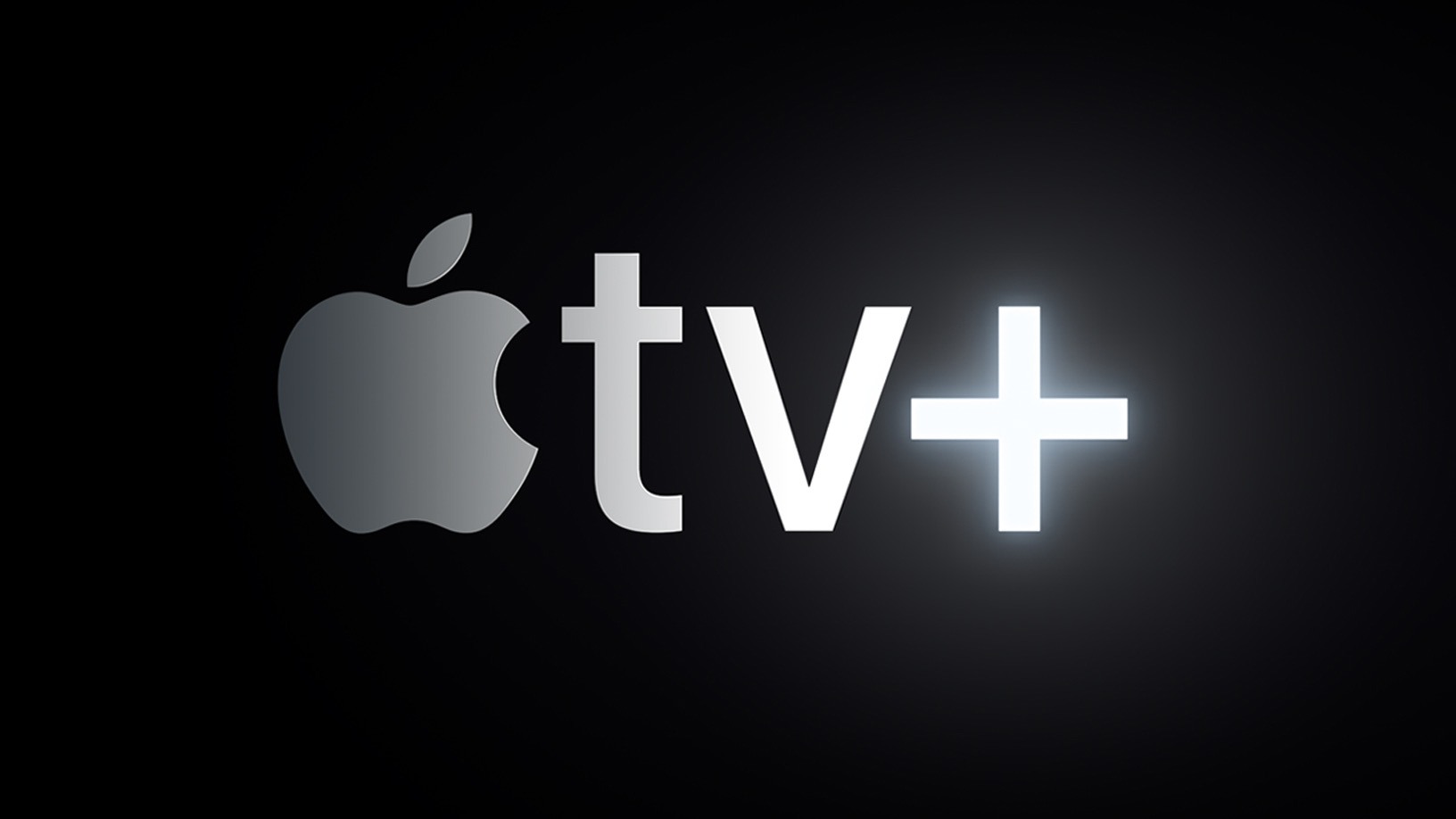
It’s been a very significant week for Apple’s TV efforts. On Monday the company debuted its first full-length trailer for an Apple TV+ original; that trailer was for The Morning Show, which has long been destined as a tentpole title for Apple. From what I’ve seen online, the trailer has been well-received, aided by an aggressive marketing push on YouTube and Twitter.
While The Morning Show’s first full trailer is a big occasion, and we’ll likely start seeing promos for other Apple TV+ shows soon with its fall launch fast approaching, the most important TV news in Apple’s week came from Disney.
Disney announced that its Disney+ streaming service would launch with native iOS and tvOS apps, which will use Apple’s In-App Purchase system for subscriptions, and the service will be “fully integrated with the Apple TV app.” Depending on your interpretation of that quote, Disney didn’t technically announce that Disney+ would be a channel in the TV app, but “fully integrated” is a strong phrase, and since Disney’s adopting Apple’s In-App Purchase system and integrating in some way with TV already, there’s virtually no reason to think it won’t be a full-fledged channel.
Following these two key events – the marketing push for Apple TV+ starting to gain steam, and Disney+ partnering with Apple in a key way – I’ve been reflecting on what Apple’s future in TV may hold.
We’ve known since March what the company’s TV strategy entailed: putting the TV app everywhere as an aggregator, bolstered by channels and Apple TV+. With the TV app Apple can do something that no one else seems to be trying: control the full stack of TV experience through integrating hardware, software, and services – the classic Apple playbook. But Apple needs partners to make this vision a reality. Without TV app commitments from big players like Netflix or Disney, it was unlikely that Apple’s strategy could ever find success. Signing Disney+, however, changes everything.
Absent Disney, failure seemed inevitable. The lack of both Netflix and Disney+ would have been a death blow to Apple’s plans. But with the home of Disney, Pixar, Marvel, and Star Wars now on board, I’m starting to think Apple’s TV strategy might just work. Here’s why.
Disney+ Will Launch with iOS and tvOS Apps and Integration with TV App→
Disney announced today which platforms its Disney+ streaming service would be available on at launch, and unsurprisingly iOS and tvOS are on the list. One tidbit that’s particularly noteworthy, however, comes from Chris Welch’s report for The Verge:
Disney also plans to integrate its content with the Apple TV app so that movies, originals, and shows will appear there among other suggested things to watch.
Integration with the TV app means Disney+ subscribers will be able to add the service’s content to their Up Next queue inside TV, in addition to seeing recommendations for movies and shows like Welch mentions. This is a significant piece of news for people like myself who rely on the TV app for much of their TV viewing. Also noteworthy is that Disney+ will support Apple’s In-App Purchase system for subscriptions, so you can subscribe directly through Apple rather than needing to set up a separate Disney account.
This is a big win for Apple’s TV ambitions, as Disney+ is expected to quickly grow into one of the most popular streaming services on the market. Netflix, the current streaming king, doesn’t integrate at all with Apple’s TV app, and recently it even abandoned Apple’s In-App Purchase system for subscriptions. If Disney had followed in Netflix’s footsteps, Apple’s hopes of the TV app gaining widespread adoption would have been slim to none.
The only outstanding question concerns whether Disney+ will become a full-on channel inside the TV app, or if it will rely on the legacy integration that apps like Hulu and Amazon Prime Video currently utilize. Welch writes:
A Disney spokesperson told The Verge that Disney has nothing to announce regarding “channel” marketplaces like Apple TV Channels or Amazon Prime Channels. I wouldn’t bet on Disney giving Apple (or anyone) extra control over its hugely important service; allowing Disney+ to be streamed entirely within the Apple TV app would be a nice convenience for the customers who want it, but I don’t see it happening.
My take is that Disney+ becoming a channel actually makes a lot of sense for the company. Since it’s already going to integrate with TV, and use In-App Purchases, there’s little to no “extra control” Disney would be handing Apple if Disney+ became a channel. All the control is already conceded. The only advantage of forcing people to jump from the TV app into the Disney+ app would be that, when a movie or show finishes playing, users would find themselves in Disney’s app rather than Apple’s. But that’s a small bit of ground to give up considering all the control Disney’s already forfeited.
If Disney+ becomes a channel, it will make for a better user experience for everyone, including parents who can download content offline for their kids via the TV app. Plus, if Disney only supports TV’s legacy integration, that will mean it’s only available in Apple’s TV app on Apple devices; third-party streaming sticks and TV sets that include the TV app wouldn’t offer Disney+ content at all, which again would make for a worse experience.
I expect that Disney’s hesitation to announce channels support is only temporary. Either the company is still negotiating its exact deal with Apple, or an announcement is being held back for Apple’s iPhone event in September. The latter scenario seems likely: Disney+ garnering stage time at the biggest marketing event of the year for one of the world’s biggest companies is a win for both Apple and Disney.
tvOS 13: The MacStories Overview
The first half of 2019 has in many ways mitigated the Apple TV’s usefulness. Early in the year we learned that smart TVs would gain support for AirPlay 2 and HomeKit, which were formerly exclusive to Apple’s set-top device. Then more recently, Apple launched a brand new TV app which will also live on both smart TVs and third-party streaming sticks. Following these announcements, it was unclear whether Apple was content to let the Apple TV become even more of a niche product than before, or if the company would put renewed efforts into the product to help differentiate it from new competition. It turns out the latter was true – at least to a degree.
tvOS 13 is perhaps the most substantial update to the Apple TV’s software since the debut of tvOS in 2015. That’s not saying a lot, because past updates have been relatively lackluster, but it does say something about Apple’s commitment to the Apple TV platform. Taken in combination with the redesigned TV app that arrived last month, this latest version of tvOS makes a strong case for Apple finally taking television seriously – particularly as the launch of Apple TV+ draws nearer.
The latest version of tvOS starts with an updated Home screen, which includes a Control Center pane, and most notably adds multi-user functionality, as well as expanded game controller support, plus a few other upgrades.
Apple Launches Dedicated YouTube Channel for Apple TV
Over the last few weeks Apple has quietly debuted a new YouTube channel dedicated to one of its services: Apple TV. The Apple TV channel is home to a variety of videos, like trailers for upcoming films and TV shows, exclusive behind the scenes clips and interviews tied to popular shows and movies, and, of course, videos highlighting Apple’s own original content efforts, like an Apple TV+ trailer and Carpool Karaoke previews.
Every video on the channel appears to be ad-free, which could offer a compelling reason to watch trailers for upcoming films, such as Star Wars: The Rise of Skywalker, through the Apple TV channel rather than a competing channel where ads are commonplace.
The launch of an Apple TV channel on YouTube is no big surprise, particularly as Apple moves further into the video and entertainment space. However, the channel does have an odd, yet interesting relationship with Apple’s own TV app. While the channel serves to promote the Apple TV service, its videos by and large aren’t available on that service’s app. The behind the scenes clips and interviews found on this new channel are not currently available in the Apple TV app, only on YouTube – though it’s certainly possible that will change in the future. Similarly, most of the trailers on YouTube are unavailable in the TV app, since unreleased films and shows don’t exist in TV’s content database.
Trailers for unreleased films have historically been served through Apple’s iTunes Trailers platform, which is still alive though somewhat stagnant – the iOS app hasn’t been updated for a year and carries many dated design conventions. However, the launch of an Apple TV YouTube channel may indicate Apple’s plans to slowly shutter that service.
As Apple’s redesigned TV app launches next month as part of tvOS 12.3 and iOS 12.3, and we draw nearer to the launch of Apple TV+ this fall, it will be interesting to see what kind of content Apple funnels through this new YouTube channel rather than the TV app itself. Will most videos continue to be YouTube-exclusive, simply serving to promote films and shows that can be watched in the TV app? Or will the TV app eventually house all of this content as well, with YouTube merely serving as a means of greater exposure for Apple’s TV efforts? We shouldn’t have to wait long to find out.



